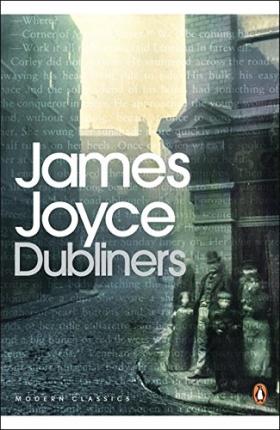James Joyce and the Minimalism of Dubliners
ARTICLES
3/7/20252 min read


Dubliners is a book of many layers. Each read reveals something new, something previously unnoticed. Many of the events, contexts, and expositions in Dubliners lie hidden within the narratives - between the lines, as they say. Nothing is explicitly pointed out or explained, nor are we ever privy to the onset of events, or the initial action that sets the story in motion.
The stories in Dubliners demand multiple reads. Only by revisiting them do we untangle the mysteries held within. What is the opening story, ‘Sisters’, actually about? What was the nature of the priests’ illness? Why is a story told by an unnamed boy, centred around his reaction to the priests’ death, even called ‘Sisters’?
The complexities in Dubliners are made even more fascinating when we consider the seeming simplicity of the writing. The narratives of each story are deliberately stripped back, almost conversational in tone, each sentence written with exacting precision. By using minimalist narrative techniques, the stories build entirely around character, fixed in specific moments or mindsets. What has happened, and what will happen, remains untold.
Joyce’s stories, then, aren’t driven by dramatic plots, twists, or sensational events; instead, they revolve around moments of revelation—what Joyce himself referred to as epiphanies. These epiphanies are subtle, often revealed through brief encounters or fleeting thoughts, but they carry immense weight. For example, in ‘A Little Cloud’, the protagonist, Little Chandler, comes to a painful realisation about his own limitations in life not through any external event, but through a quiet confrontation with his own dissatisfaction.
There is something in Joyce’s technique that allows these moments of clarity to emerge naturally from the everyday lives of his characters. The sparse language, the unsaid, become as important as what is spoken aloud, giving readers space to engage in the emotional and psychological undercurrents of the narrative.
The style of writing Joyce adopts in Dubliners doesn't just create compelling narratives, it is a masterclass in how to use language effectively. Writing well or telling a great story does not necessarily mean conjuring up detailed, elaborate descriptions or intricate plots. In fact, the fundamentals lie elsewhere, including the way we, as writers, use language. Consider this reply from Ernest Hemingway, said in response to William Faulkner's critique that Hemingway "had never been known to use a word that might send his reader to the dictionary" -
“Does he really think big emotions come from big words? He thinks I don't know the ten-dollar words. I know them all right”
Hemingway's point is that big words, or flowery language, does not equate to a good story or even good writing. The way we use language must be reflective of the story we are telling, which in itself is made up of various other components, such as sense of place and characterisation. To ensure language is used effectively, it must be in tune with these other elements.
How we use language when constructing a story, and how the use of language changes the meaning and/or mood and atmosphere of a story, is one of many aspects of creative writing I discuss in my classes. Understanding the intricacies of language and being aware of a story's reliance on language is a key principle for a writer, and an integral part of honing one's skills, and of mastering their craft.
You can book a tutoring session here.
